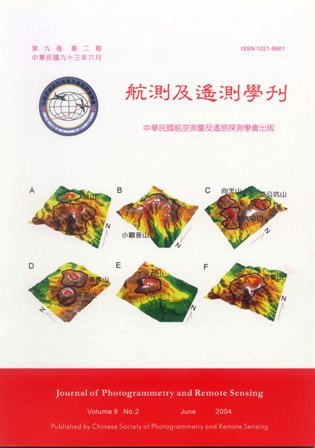Landuse classification is one of the major applications of satellite remote sensing. Many classification methods exist including nearest-to-means, maximum likelihood classification method, Bayes classification method, and neural network classification. Although these classification methods differ in their statistical and mathematical basis, the work of image classification is essentially a feature space partition problem, i.e., we look for algorithms that divide the n-dimensional feature space into k sub-spaces. Scattering of sample points of individual classes in the feature space may be anisotropically or randomly distributed; therefore, the spatial modeling algorithms such as kriging are ideal for estimation in feature space. In this study, we consider the scattering of each individual class as an indicator random field and developed a classification algorithm based on anisotropic indicator random field estimation. For each point X in the feature space, the proposed algorithm calculates the probabilities that X belongs to each individual classes using indicator kriging, and then assign X to the class with highest probability. The proposed indicator kriging classification algorithm has the following advantages: (1) it can deal with anisotropic problem in feature space, (2) it is a nonparametric method, and need not to know the type of probability distribution, and (3) it yields 100% classification accuracy for the training data. Preliminary results of landuse classification using SPOT images for a test area in Taipei show the indicator kriging classification algorithm outperformed the maximum likelihood.
